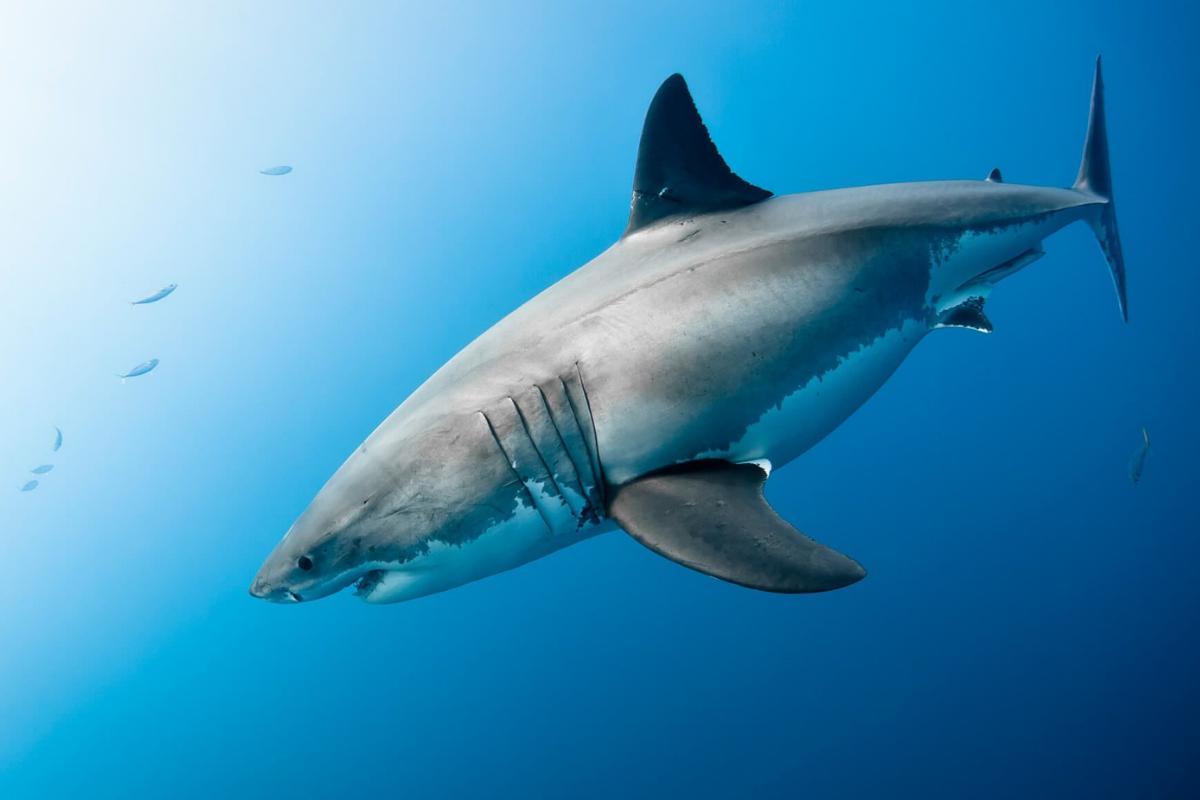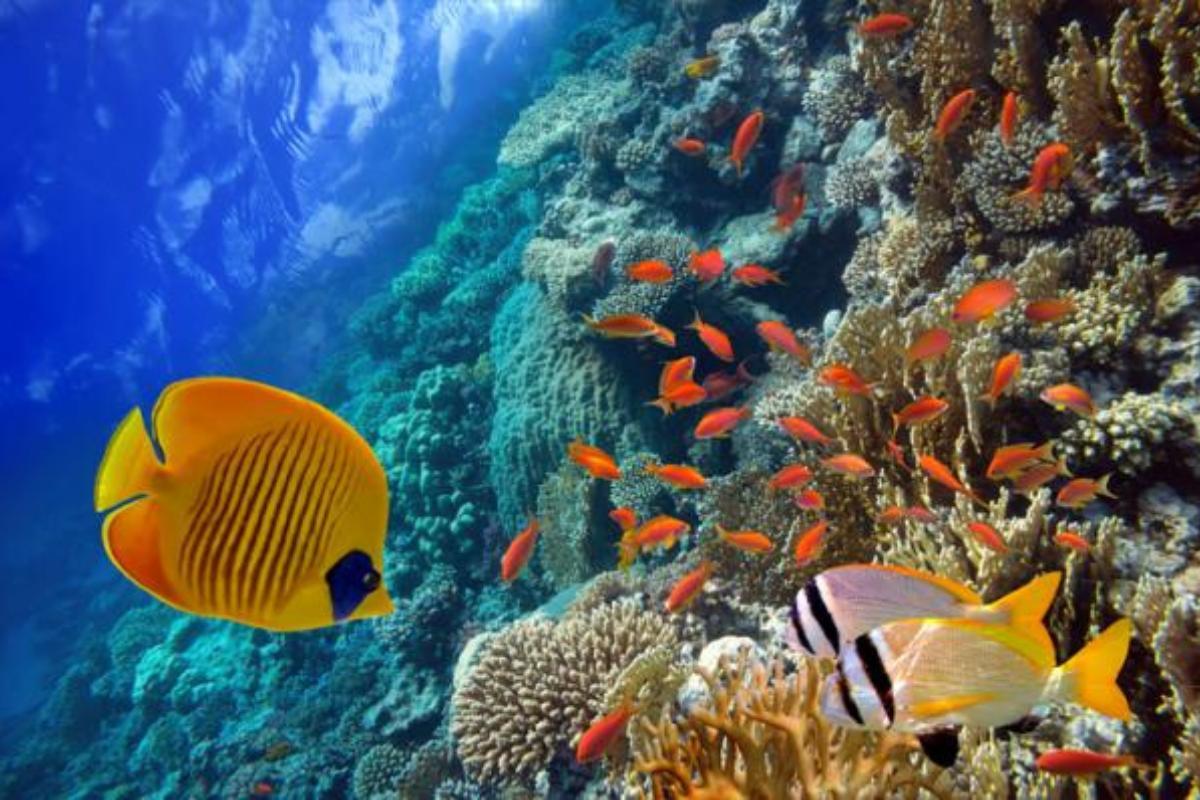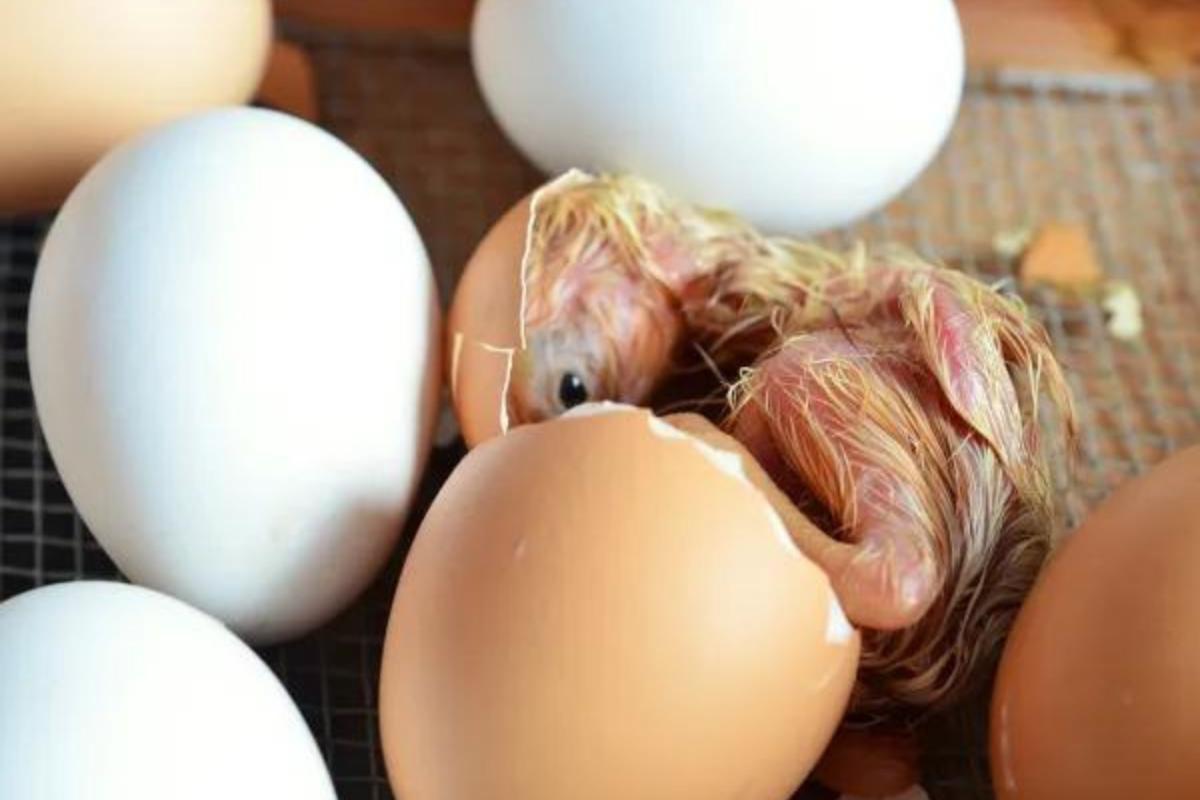What Are Chordates?


Chordates encompass a diverse and fascinating group of animals, characterized by a set of unique anatomical features that define their evolutionary lineage. From the mighty blue whale to the unassuming lancelet, chordates span a wide range of species, inhabiting diverse ecosystems across the globe. What sets chordates apart is their possession of a notochord, a flexible rod-like structure that provides support and serves as a foundation for their body plan.
The following article from thedailyECO explains what chordates are, including their classification, feeding behaviors, and reproductive habits.
What are Chordates?
Chordates are a group of animals that belong to the phylum Chordata. They have some special features that help identify them.
One important feature is the presence of a notochord, which is like a precursor to the spinal cord. It helps give them support, determines their body shape, and helps with the development of their nervous system. Some chordates, like certain types of fish, keep their notochord their whole lives, while others, like humans, only have it when they are still developing inside their mother's womb.
Chordates also have a special nerve cord that runs along their back, close to the notochord. This nerve cord can develop into a brain in more advanced chordates. It helps them sense things from their environment and move their bodies in response. Chordates, especially mammals like us, have well-developed nervous systems and relatively big brains.
Another interesting thing about chordates is that they have pharyngeal slits. These slits appear during their early development and are found in the area near the throat. In some chordates, like fish, these slits turn into gills, which they use to breathe underwater. In others, like humans, these slits change and develop into different structures like parts of the ears.
Lastly, many chordates have tails at some point in their lives. Some keep their tails throughout their whole lives, while others only have them for a short time during their development.
These are just some of the characteristics that make chordates special. They also have things like a symmetrical body shape, a segmented body, and different layers of cells that make up their bodies. Chordates have evolved to have closed circulatory systems with a heart that pumps blood, and most of them have skeletons made of bone or cartilage.

Chordates classification
Chordates can be classified into three main subphyla, which are:
- Cephalochordates: These chordates, also known as lancelets, are small, fish-like animals that live in the sea. They keep the notochord, a flexible rod that runs along their back, throughout their entire lives. Think of lancelets as aquatic creatures resembling tiny fish.
- Urochordates or Tunicates: Urochordates, often called tunicates or sea squirts, are marine animals that come in different shapes and sizes. Some look like colorful barrels or blobs with a tough outer covering. While they start their lives with a notochord, they only keep it during their early stages of development. Tunicates are fascinating creatures that attach themselves to rocks or other surfaces in the ocean.
- Vertebrate Animals: Vertebrates are chordates that belong to the largest group and include familiar animals we know. Here are some examples of vertebrate classes:
- Fish: fish such as goldfish, salmon, and clownfish are part of the vertebrate group. They have backbones made of bone or cartilage and breathe using gills.
- Amphibians: Animals like frogs, toads, and salamanders are amphibians. They start their lives in water and then grow legs to live on land, but they still need water for reproduction.
- Reptiles: Reptiles include animals such as lizards, snakes, turtles, and crocodiles. They are cold-blooded and have scaly skin. Reptiles lay eggs, and some can live both on land and in water.
- Birds: Birds like eagles, sparrows, and penguins are part of the bird class. They have feathers, lay hard-shelled eggs, and most of them can fly.
- Mammals: Humans, cats, dogs, and elephants are all mammals. Mammals have hair or fur on their bodies, and most of them give birth to live young ones. They also produce milk to feed their babies.
You might be interested in this other article, where we discuss the difference between unicellular and multicellular.
Chordates habitat
Chordates exhibit a wide range of habitat adaptations, allowing them to inhabit diverse environments across the world. These adaptations include physiological and morphological characteristics that enable them to survive and thrive in their specific habitats. Here are some examples of chordates based on their habitats:
- Aquatic: some chordates are fully aquatic and can be found in marine or freshwater environments. They have adaptations such as filter feeding mechanisms, gills for extracting oxygen from water, and some may have lung-like structures called spiracles to supplement their respiration.
- Semi-aquatic: certain chordates are capable of spending time both in water and on land. They may have adaptations that allow them to submerge for extended periods, and their skin often relies on moisture to prevent dehydration.
- Terrestrial: chordates that inhabit terrestrial environments have evolved pulmonary respiration, breathing air directly into their lungs. Their skin is adapted to withstand exposure to sunlight, and they have various adaptations for life on land.
- Air-terrestrial: some chordates, such as certain birds and bats, have the ability to fly and take off from the ground. While they are not entirely aerial, they have adaptations for powered flight. However, they still require periods of rest on land for activities like reproduction, feeding, and regaining strength.
These examples demonstrate the remarkable adaptability of chordates to different habitats, allowing them to colonize various ecosystems across the globe.

Chordates feeding
Chordates play important roles within ecosystems. They can occupy various positions within the trophic chain as both prey and predator, which contributes to regulating population dynamics and resource consumption.
Chordates, particularly birds and mammals, have the ability to generate internal heat and maintain a constant body temperature, which is known as endothermy. This allows them to be more active and adapt to a wider range of environments.
Other chordates, such as fish and amphibians, are ectothermic or cold-blooded, meaning they rely on external heat sources, such as sunlight, to regulate their body temperature and carry out metabolic processes.
In terms of feeding, chordates exhibit a range of dietary preferences:
- Filter feeders: Some aquatic chordates, like certain types of fish and marine mammals, utilize the water current to capture small organisms and particles for feeding.
- Herbivores: These chordates feed exclusively on plants and algae. Due to the lower caloric content of plant matter, herbivores typically need to consume large quantities of food to meet their energy requirements.
- Omnivores: Chordates with an omnivorous diet consume both plants and animal matter, exhibiting a flexible feeding behavior.
- Carnivores: These chordates primarily consume other animals. Compared to herbivores, carnivores generally require less frequent feeding. Within the category of carnivores, there are additional subtypes such as cannibalistic animals (feeding on members of their own species), scavengers (feeding on carcasses of other animals), and piscivorous animals (those that primarily consume fish).
Chordates reproduction
In terms of fertilization, chordates can engage in either external or internal fertilization:
- External fertilization: this occurs when gametes (sperm and eggs) are released into the external environment, typically water, where fertilization takes place. External fertilization is common among aquatic organisms, as it allows the gametes to meet and fertilize outside the body.
- Internal fertilization: in this process, the male deposits sperm directly inside the female, usually through copulation or mating. Internal fertilization is more prevalent in terrestrial and certain aquatic chordates, providing a higher chance of successful fertilization.
Chordates also display various reproductive modes:
- Oviparity: with the exception of mammals, most vertebrates are oviparous, meaning they lay eggs. These eggs are typically laid in the environment, and embryonic development occurs externally.
- Viviparity: mammals exhibit viviparity, where embryonic development takes place inside the mother's body. Nourishment is provided to the developing embryos either through the placenta (in placental mammals) or through specialized pouches (in marsupials). Fertilization in mammals is internal, occurring through copulation. However, there are a few exceptions among mammals, such as monotremes like platypuses, which exhibit a unique form of ovoviviparity. In ovoviviparous species, the eggs are retained within the female's body until hatching, but there is no direct placental connection.
The number of offspring produced by a species is often inversely proportional to the amount of parental care provided. Species with numerous offspring, like many fish, typically do not exhibit extensive parental care. They produce numerous offspring, relying on the survival of a few to perpetuate the population. In contrast, species that invest more in parental care, such as mammals, tend to have fewer offspring. Through their care, they ensure the survival and well-being of their offspring.
While these statements outline general patterns in chordate reproduction, it's important to recognize that exceptions and variations exist among different species and individuals within the chordate group.
You might be interested in this other article about asexual reproduction in plants and animals.

Examples of Chordates
Chordates, a diverse group of animals, exhibit a wide range of characteristics, reproductive strategies, and adaptations to different habitats. Let's explore some examples of chordates in evolutionary order to understand the diversity within this group.
Amphioxus (subphylum Cephalochordata)
Amphioxus, also known as lancelets, are marine animals that belong to the subphylum Cephalochordata. They have a slender, elongated body, and throughout their lives, they possess key chordate features such as a notochord, pharyngeal slits, and a postanal tail.
Tunicates (subphylum Urochordata)
Tunicates, or sea squirts, belong to the subphylum Urochordata. They are immobile marine animals with a barrel-shaped body. They are surrounded by a protective tunic and have a unique system of siphons that allow them to intake water for feeding and respiration. Despite their appearance, they possess all the diagnostic characteristics of chordates.
Great white shark (Carcharodon carcharias)
The great white shark (Carcharodon carcharias) is a species of large predatory shark. It is a cartilaginous fish belonging to the class Chondrichthyes. It has constantly renewing teeth and is one of the largest predators in the world.
Koi carp (Cyprinus carpio)
Koi carp (Cyprinus carpio) is a species of fish belonging to the family Cyprinidae. They are a popular ornamental fish known for their vibrant colors and patterns. They have a bony skeleton, various fins, and utilize gills for aquatic respiration.
Lungfish (Genus Protopterus)
Lungfish, belonging to the genus Protopterus, are a group of fish characterized by their ability to breathe air using lungs. They can survive in oxygen-depleted environments and are found in Africa.
Common frog (Rana temporaria)
The common frog (Rana temporaria) is a species of frog found in Europe. They lay eggs in water, and the tadpoles possess a tail, a characteristic of chordates. As they mature, they lose the tail and transition to a terrestrial lifestyle.
Gulls (Genus Larus)
Gulls belong to the genus Larus and are a group of seabirds found worldwide. They are known for their scavenging behavior and ability to adapt to various habitats. They are birds with lightweight skeletons and hollow bones that aid in flight. Furthermore, they exhibit thermoregulation abilities and are found in various habitats.
Human (Homo sapiens)
Humans, scientifically known as Homo sapiens, are the only surviving species of the genus Homo and belong to the family Hominidae. They are mammals and exhibit advanced cognitive abilities. During embryonic development, humans exhibit pharyngeal arches that differentiate into various structures, but not into gills.
These examples showcase the remarkable diversity within the chordate group and highlight the unique adaptations that have allowed them to thrive in different environments throughout evolutionary history.


If you want to read similar articles to What Are Chordates?, we recommend you visit our Biodiversity category.
- Lundberg, J. (1995). Chordata . Available at: http://www.tolweb.org/Chordata/2499
- Beatty, R., Beer, A., & Deeming, C. (2010). The book of nature. Great Britain: Dorling Kindersley.
- Myers, P. (2001). Chordata . Available at: https://animaldiversity.org/accounts/Chordata/










